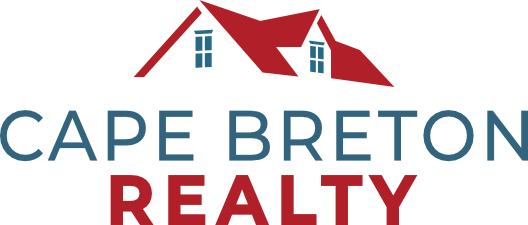Preparing for Real Estate Photography
My goal is to photograph your home with the highest quality that will attract buyers. To
ensure your photo shoot goes smoothly and safely, I’ve put together this preparation
checklist of things you should do prior to your scheduled shoot. Following this pre-shoot
checklist will help ensure that your home is photographed quickly, efficiently, and with
the best possible results.
Kitchen
– Clean countertops of food, dish racks, paper towel rolls and other items.
– A few small appliances, fruit bowls, plants etc. can remain.
– Remove all items off the fridge (magnets, pictures, schedules), clear the top.
– Make sure the sink is clean and free of dishes.
– Remove dish and hand soap bottles, dish cloths and rags, hide scrub sponges.
– Put away garbage bins, brooms, mops and cleaning products.
– Add a bowl of fresh fruit or a vase of flowers.
– Remove calendars as they can date a listing.
– Ensure all cupboards and drawers are closed properly.
Bathrooms
– Clear countertops of all toothbrushes, toothpaste, soap, razors, personal items.
– Clean mirrors.
– Remove shampoo, soap bottles, squeegees from showers.
– Remove scales, mats, laundry baskets, trash cans.
– Close toilet lids, remove toilet brush, plunger and spare toilet paper rolls.
– Place a fresh roll of toilet paper on the holder.
– Put out fresh towels, folded and hung neatly.
Bedrooms
– Clear away clothes, shoes and laundry baskets, close drawers.
– Remove magazines, tissue boxes and jewelry from bedside tables.
– Remove portable fans, heaters and trash cans.
– Tidy up study desks, remove excess toys and posters.
– Make your beds with your best bed linen and thickest pillows.
– Avoid hiding items under beds.
General Interior Preparation
– Remove door mats, small floor mats and all evidence of pets.
– Clean windows, dust surfaces, vacuum or mop floors.
– Open curtains and blinds and turn off ceiling fans.
– Clear entryways: remove all shoes, keys, umbrellas, and similar items.
– Turn off all TVs and computer screens, hide remote controls.
– Make sure all light bulbs are working and turn on all lights.
– Ensure all bulbs are the same color temperature.
– Straighten tables and chairs, arrange cushions attractively.
– Remove as much clutter as possible, especially personal belongings.
– Conceal power cords, unplug them if necessary (except lights).
– Make sure no clothes are in the machines or hanging in the laundry room.
– Remove any personal information that you wouldn’t want visible online.
Outside the house
– Remove vehicles from driveway and front of the home.
– Move garbage and green bin so they are not visible from the outside.
– Put away garden hoses, tools, and bikes.
– Remove brooms, shovels, garbage or recycling bags.
– Remove pool toys and skimmers.
– Mow lawn and remove weeds from flower beds.
– Organize deck furniture, uncover grill, open patio umbrella.
– Make sure yard is free of toys, evidence of pets, unnecessary clutter.
– The for-sale sign should be removed from the property by the realtor.
Best Practices to Consider
Feel free to do a rapid walkthrough with the photographer upon arrival
but avoid following them around during the shoot.
The photo shoot should be booked at a different time than any other last
minute items such as home inspections, repairs or lawn care.
If you have limited space, consider designating a secondary room for
temporary storage ahead of time rather than trying to move items from
room to room while the photographer is on site. You can also use the
garage for storage.
Make sure pets are out of the home or kenneled.
The photographer will not be staging your home so please make
arrangements with your Realtor or stager prior to the shoot.
Don’t rush your photographer – Great images are critical when marketing
a home for sale, so it is in your best interest to be patient and let your
photographer do their thing.
Plan not to be seen: All occupants should plan on either being off the
property or remain in areas where they can’t be seen during the photo
shoot. Rooms overlap in the photos, people can cause shadows and
reflections, and there is risk to equipment that will be setup throughout the
property.
As the photographer goes through your house, do not move items or turn
off lights. The photography process involves the layering of images and
moving an object or a change in lighting conditions can add a
considerable amount of undesired processing time.



